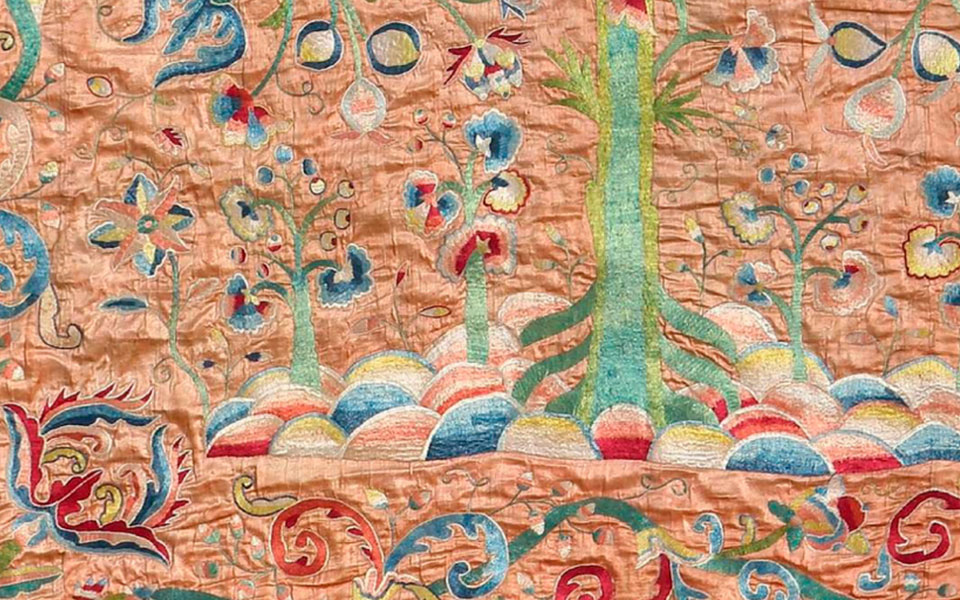
The European textile industry was influenced by Asian fabrics, techniques and dyes since the Classical period. It is well-known the Roman fascination for Chinese silk and Indian cottons, which continued in later times with the influence Sasanian Iran had in the production of Byzantine fabrics consumed in Europe, as well as the subsequent importance Islamic textiles had in inspiring the design of the cloth woven in Italy, along with the use of Asian dyes (such as indigo and madder) by Europe’s textile industry. If this Asian influence seems to be indisputable in Mediterranean Europe from an early age, it is useful to have a comparative perspective with the rest of the continent since the commercial revolution of the 13th century, in order to assess its true impact before the great transformation fueled by the European imperial expansion of the Early Modern Age (ca. 1500) and, later, with the beginning of the Industrial Revolution (ca. 1750).
Organising Committee
João Teles e Cunha (Centro de Estudos Clássicos, FL da Universidade Lisboa, CHAM-NOVA FCSH)
Maria João Pacheco Ferreira (CHAM-NOVA FCSH, Museu de São Roque)
Joana Sequeira (Lab2PT/IN2PAST, Universidade do Minho)
Ana Claro (CHAM-NOVA FCSH)
Organization
EuroWeb. Europe through textiles (COST Action CA 19131)
Fundação Oriente – Museu do Oriente
CHAM-NOVA FCSH







